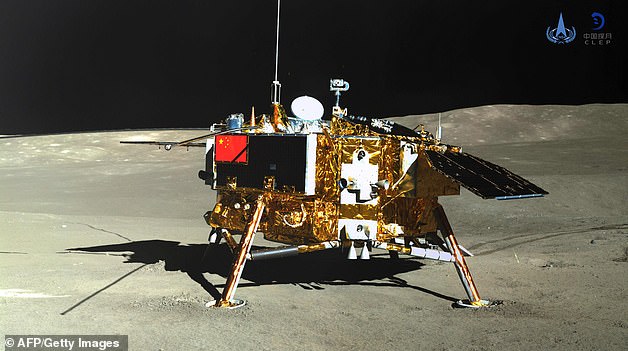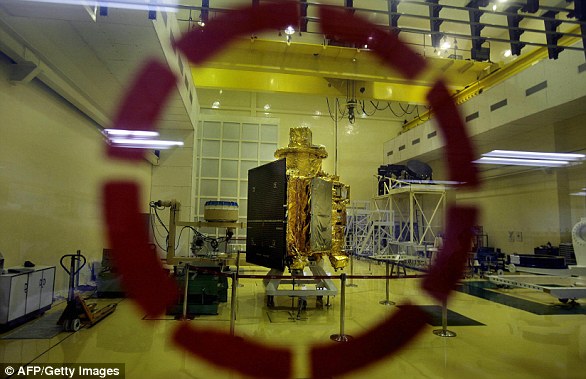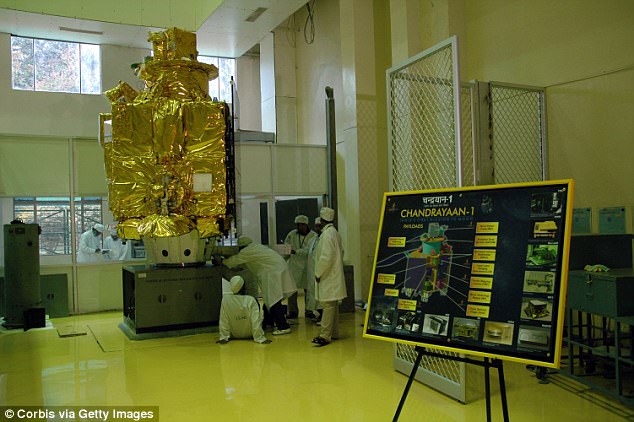By Andrew Irumba
Mumbai,India:The India Space Research Organisation (ISRO) has announced that the country will conduct a space expedition that will see them land on the moon this year in September.
If this happens successfully, India will have become the fourth nation in the world to successfully land on the lunar surface after America, Russia and China. Israel made an attempt earlier this year but failed. India previously said the Chandrayaan-2 spacecraft would lift off this April. The mission will now launch in July and take three months to reach the moon. The expedition will be India’s second planned lunar mission and a world-first to the south pole to examine ancient rocks, potentially a precious resource for nuclear energy.
It will be India’s first mission to the moon’s surface and will aim to land near its south pole, a currently unexplored territory. Rocks in this lunar region are thought to be four billion years old and could provide a precious source of nuclear energy.

All previous lunar crafts have landed near the equator and this is the first time one will have landed near the south pole – a currently unexplored territory. It is the Indian Space Research Organisation’s (ISRO) second lunar probe and the first one destined to land on the moon. It is thought that the mission was delayed in April due to damages to Vikram, the moon lander craft, including minor problems with two of its legs. “Some structural damage was found during the test”, said K. Sivan, chairman of the Indian Space Research Organisation (ISRO) at the timed. “And then it has been found that this was because the test configuration and orientation was wrong.”Sivan added. In a Twitter post, Indian Space Research Organisation’s (ISRO) said: ‘We are ready for one of the most exciting missions. Launch window between July 9-16 & likely Moon-landing on Sept 6, 2019.” In its latest website statement, ISRO added: ‘Chandrayaan-2, India’s second lunar mission, has three modules namely Orbiter, Lander (Vikram) & Rover (Pragyan).

Named Chandrayaan-2, the vehicle will take three months to reach orbit and once the rover reaches the surface it will explore the area around the South Pole. The statement describes how the Orbiter and Lander modules will be stacked together as an one entity and be placed inside the launch vehicle known as GSLV MK-III. It added: “The Rover is housed inside the Lander. After launch into earth bound orbit by GSLV MK-III, the integrated module will reach Moon orbit using Orbiter propulsion module. Subsequently, Lander will separate from the Orbiter and soft land at the predetermined site close to lunar South Pole.” The Rover will roll out and carry out scientific experiments on the moon’s surface. Weighing nearly 3,300kg (7,300lbs), the spacecraft will take off from the Satish Dhawan Space Centre in Sriharikota, off India’s southwest coast. There have been numerous landings on the moon as a result of the 20th century space race between the US and the USSR – including the famed Apollo 11 mission which saw Neil Armstrong and Buzz Aldrin become the first humans on the moon.
Engineers on site estimate the craft was about nine miles (15 kilometres) from the surface when it began to break apart, being unable to slow down without its main engine. China on the other hand successfully landed its Chang’e 4 lander and Yutu 2 Rover on the far side of the moon on January 3 this year. The ‘far side’, which is the hemisphere that always faces away from Earth, had never been explored before the current mission, which is ongoing. China Space Agency has also announced that plans for construction work on a moonbase could begin within the next decade. The lunar base could serve not only as a platform for research but also as a refuelling station for giant leaps out into the solar system. Additionally, the country plans to send a mission to Mars by 2020. The announcement of China’s timeline for space exploration follows its first soft landing of a spacecraft, Chang’e-4 (pictured), on the far side of the moon, back in January of this year




